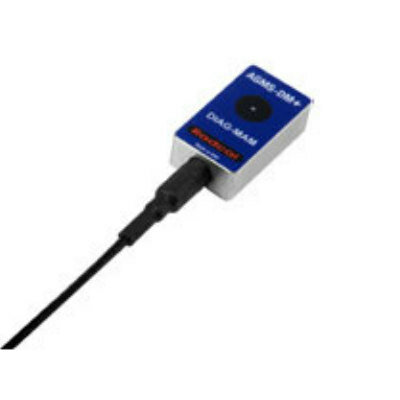Recommendations Provided on Appropriate Use of CT in Emergency Medicine
By MedImaging International staff writers
Posted on 16 May 2011
A US radiation protection agency has issued a summary of a workshop on the appropriate use of computed tomography (CT) in emergency medicine, and a list of recommendations from participating organizations to help control the inappropriate use of CT in the emergency department. Posted on 16 May 2011
The US National Council on Radiation Protection's (NCRP; Bethesda, MD, USA) summary was made available in the May 2011 issue of the Journal of the American College of Radiology. As an overview, the benefit-risk estimates for CT scanning favor its use over most other imaging modalities and many other types of diagnostic technologies. However, concerns have risen regarding the increase in clinical use of CT scans.
"Concerns regarding the clinical use of CT scans prompted the NCRP to host a workshop--with sponsorship from the American College of Radiology [ACR; Reston, VA, USA] and the American College of Emergency Physicians [ACEP; Irving, TX, USA] and other private and government organizations--to define the circumstances and programs for assessing the value of CT scanning while addressing the issues of utilization patterns, radiation exposures and overutilization,” said Otha Linton, lead author of the summary. Coauthors include Thomas S. Tenforde, PhD, E. Stephen Amis, MD, and Paul Sierzenski, MD.
The workshop presentations and summary form a basis for the preparation of a report that will provide recommendations on a potential way forward to control CT use in emergency medicine, trauma, and acute healthcare.
Participating organizations, including the American College of Radiology and American College of Emergency Physicians, offered the following recommendations: (1) Educate healthcare providers and others of the status and appropriate applications of CT scanning in emergency medicine and acute care. (2) Promote processes and skills to reduce the need for CT imaging when possible, such as the use of conventional radiography, ultrasound, and emergency point-of-care ultrasound. (3) Communicate concerns on the overutilization of CT to hospitals, combined with recommended collaborative protocols to reduce variability in CT scanning utilization in emergency medicine. (4) Develop processes for effective recording for emergency medicine patients of the number and doses received in CT scans and other imaging procedures. (5) Lastly, develop evidence-based guidelines that address the benefits of CT imaging in emergency medicine, including improvements in patient treatments and outcomes.
Related Links:
National Council on Radiation Protection














